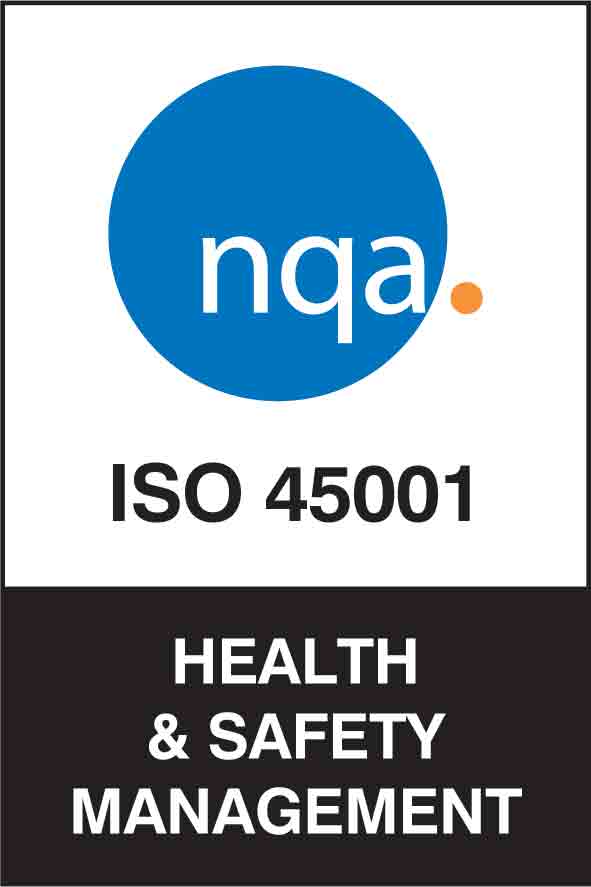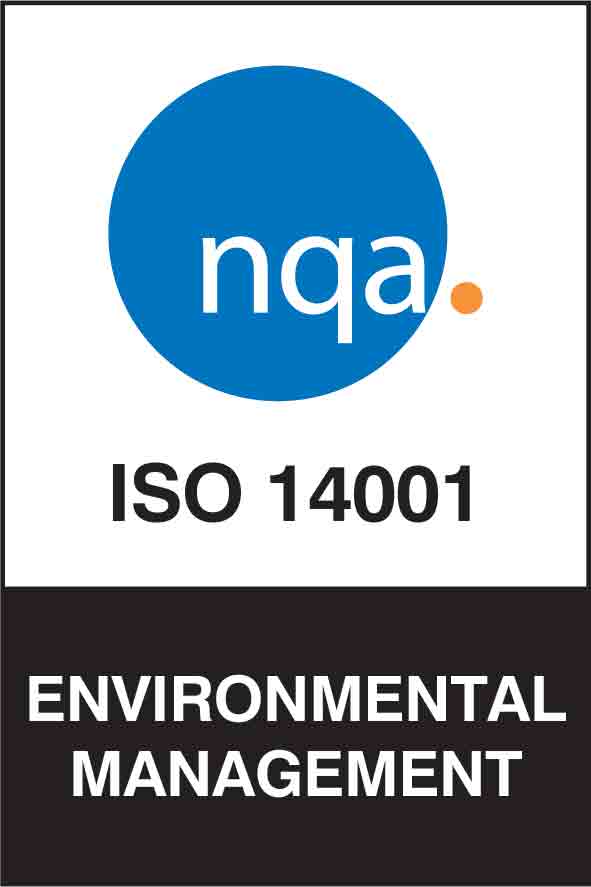BLOG
6 key ingredients of a solid sickness absence policy
Written on 3 January 2023

Sickness absence. Two words that give employers a terrible headache.
It’s an issue of growing concern for UK employers in 2023, not least due to the financial pressures currently facing businesses and a greater awareness of the direct and indirect costs associated with employees needing to take time off work.
Worryingly, latest ONS data shows that the UK’s sickness absence rate rose to 2.2% in 2021 – the highest it’s been since 2010. That’s 149.3 million working days lost, or 4.6 days per worker. Doing the maths, the CIPD estimates that this costs employers around £550 per employee per year.
In this way, the impact of sickness absence on employers can be significant. So the question is: what can you as an employer do to manage sickness absences?
A well-defined sickness absence policy is a good place to start. Having one will help to support employees’ health needs while providing clear and consistent guidance to avoid unauthorised absence or inappropriate use of sick pay schemes.
Below, we outline what every good sickness absence policy should include.
1. What's the purpose of the policy?
The main aim of a sickness absence policy is to provide a clear framework for reporting, managing and recording sickness absences.
You should therefore start by establishing what you expect from your employees. Setting out your expectations will allow genuinely sick employees to know they will be supported during their absence, and make malingerers aware that you can – and will – take disciplinary action.
Do you need support?
Speak to us for an honest, no obligation chat on:
0345 226 8393 Lines are open 9am – 5pm
2. How should employees notify you of an absence?
Your sickness absence policy should explain what an employee must do when they are sick. It should answer the following questions:
- How should employees notify you that they will be absent from work? Do they need to call, text or email?
- Who do they need to contact?
- When are they are expected to contact you by? You may ask that they let you know by a certain time in the morning or a certain number of hours before their shift starts.
- Finally, what are the consequences if employees don’t follow these rules?
Establishing clear rules will help to ensure you’re informed of all employee absences, give you enough time to arrange cover, and help you to understand when the employee is likely to return to work.
3. What certification do employees need to provide when absent?
You must also state what documents employees need to provide when they are sick.
If absence lasts up to seven days, the employee will need to provide a self-certificate of illness. If the absence lasts for longer than seven days, the employee has a duty to provide a Statement of Fitness, known as a Fit Note, from their GP.
Note that under new legislation introduced on 1 July 2021, a wider range of healthcare professionals – including nurses, occupational therapists, pharmacists and physiotherapists – now have the power to certify fit notes, which should, in theory, make obtaining one easier.

4. What are your sickness absence trigger points?
In your sickness absence policy, you should set benchmarks, known as trigger points, for unacceptable levels of short and frequent sickness absence.
There are two main ways to do this:
- Simply set a threshold of a certain number of days’ absence in a given period, for example ‘X days in X months’ or ‘X occasions of sickness in X months’; or
- Trigger the procedure where an employee’s absence reaches a set ‘Bradford factor’ score. This means that more weight is given to the number of absences instead of the duration, so a high number of short absences will score much higher than fewer, longer absences.
Whatever way you choose, you must ensure that the absence triggers you set are clear and reasonable. What’s more, employees must understand them to be able to comply, and managers must be familiar with them to monitor employee absences effectively.
You will also need to determine what will happen once those triggers have been met. Will the employee receive an informal caution first? Will repeated absences lead to formal warnings? Will they face dismissal for serious and unacceptable absences?
Remember that an absence management procedure will run separately and independently of any disciplinary process.
5. How will you manage long-term sickness absences?
You will need a separate procedure for dealing with longer-term sickness. You should think about the following points:
- How should employees keep in touch during long-term absence? Acas recommends agreeing how often the contact should be, in what form, and who the employee should keep in contact with, whether their line manager, another manager or HR.
- When will you refer the employee to an Occupational Health adviser and/or seek a report from the employee’s GP?
- What steps will you take to try and help the employee back to work?
There will be different considerations to keep in mind when you dealing with an employee who has a disability. This will include details of when it would be necessary to consider making reasonable adjustments.
6. What sick pay are employees entitled to?
Your sickness absence policy must state what your sick pay arrangements are.
It must outline what the employee will receive, whether they are entitled to contractual sick pay or Statutory Sick Pay (SSP), and for how long.
SSP is currently £99.35 per week for up to 28 weeks (note that this will increase to £109.40 per week from April 2023).

Next steps...
It’s not enough to have a clear and robust sickness absence policy in place. To be effective, people need to be made aware of your rules and procedures, and the implications of not following them, through communication and training.
Start by making sure all your employees know where they can find your sickness absence policy so that they can familiarise themselves with it. Your sickness absence policy may either be found in the employee’s Contract of Employment or another reasonably accessible place such as your Employee Handbook or company Intranet.
It’s good practice to get your employees to sign a receipt confirming they have read and understood the policy. This will help to minimise issues by preventing employees from claiming they weren’t aware of your rules, for example the need to call rather than text their manager.
Don't forget to train your managers
Finally, if your sickness absence policy isn’t complemented by a pro-active and effective management approach, it’s not worth the paper it is written on. Make sure your managers understand all the relevant procedures in the policy and know exactly what to do if an employee is off sick.
Managers should also be monitoring staff absence, as this will enable them to spot certain trends or patterns and take action to rectify the problem. Software such PeopleNest makes monitoring employee absence much easier.
You may notice that an employee has had a very high number of short sickness absences in the last six months. You may spot that one has a tendency to call in sick during big sporting events, and another is showing a pattern of being sick on Fridays or Mondays.
In these cases, something needs to be done.
One last thing...
A solid sickness absence policy is just one component of good absence management. For more advice and tips, check out our Definitive Guide to Managing Sickness Absence to learn how to reduce short-term sickness absence, stop and dismiss malingerers, and limit the risk of successful unfair dismissal claims.
Related Content
Struggling to manage sickness absences?
From pragmatic Employment Law and HR advice to absence management software and management training, WorkNest can help you get absence under control in 2023. Discover more about our absence management support – just one element of our unlimited, fixed-fee service.









